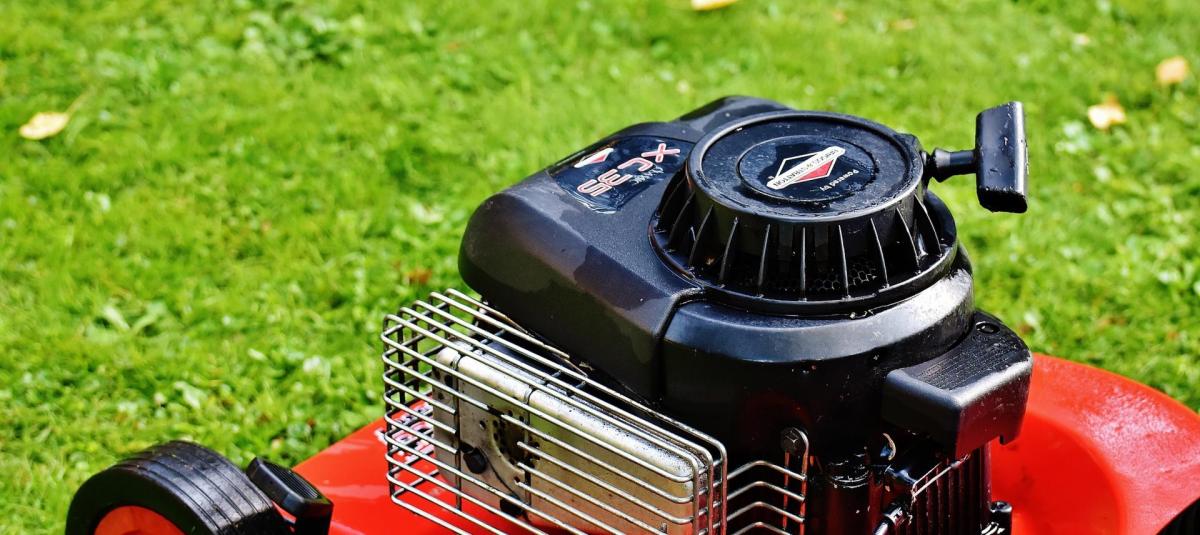
When you mow your lawn, you keep it healthy. Lawns that are mowed correctly groom the turf to be thick enough to crowd out weeds and more drought tolerant. But, mow it incorrectly, or with bad habits, and you could be paving the way for your lawn to suffer.
Here are some tips to make sure you’re mowing correctly, each and every time:
- Time mowing so you never remove more than one-third of the total leaf surface. If your lawn is super high, mow it first on the highest setting, then go back a couple days later and mow it to the appropriate level.
- Never mow your lawn so short that you scalp it. Scalped turf usually exposes soil which allows weed seed to take root. Cutting your grass too short also leads to a poorly-developed root system because your grass is usually all its energy to grow, which makes it susceptible to drought and high temps.
- Adjust your mower blades throughout the season. Mow your grass as high as possible in the summer to help fight drought and prevent weed growth. Lower the blades in the fall to leave less surface for snow mold to grow.
- Avoid mowing during the heat of the day; early evening is a great time to do it. Mowing already causes stress on grass blades and when it is hot, grass will lose more water and recover slower. Plus, the later you mow, the more time your lawn has to recover before the next day’s heat wave.
- Try to mow when the grass is dry. Even though mornings are cooler, the grass is usually wet from dew or fog. Wet grass tends to clump and fall off the underside of the mower deck, creating an uneven cut. Also, mower tires can leave ruts in your lawn and tear up your grass when the soil is soggy.
- Keep your mower blades sharp. A dull blade just tears grass, which creates a jagged, uneven edge. The tears are like a welcome sign for pests and diseases to get inside your grass. Aim to sharpen blades at least a few times during the mowing season.
- Leave some grass clippings on the lawn after cutting. If you have a bagger, leave it off every other time. Grass clippings can provide 25 percent of your lawn’s fertilizer needs.
- Mow in a different pattern each time to avoid compacting the soil and creating ruts. Weeds love compacted soil.
- Don’t mow on a schedule. You should only mow your lawn when it needs it. For example, in the spring when grass is actively growing it needs to be mowed more often than in the heat of the summer.
If you’ve been mowing wrong for years, don’t worry, we can help you get it back on track. Whether you need weed control or want to start completely over with a new lawn, Ragan & Massey has the products you need!
